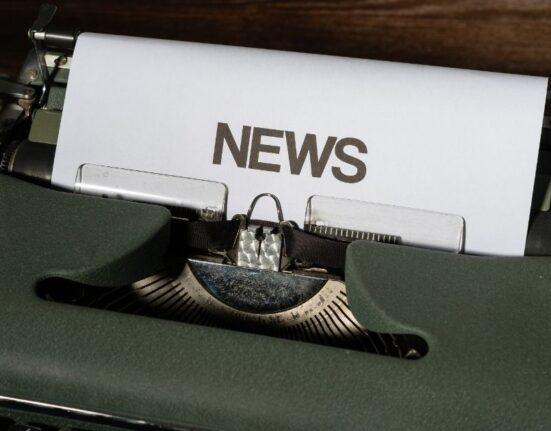Historically, large corporations have had a clear advantage in securing media coverage due to their bigger public relations (PR) budgets and stronger connections with journalists. But now, AI-powered PR tools are changing that dynamic, enabling small and medium-sized businesses (SMBs) to compete more effectively for valuable press attention.
How AI can help
AI tools are more cost-effective and readily available than ever before for small businesses, especially since generative AI chatbots like ChatGPT are now freely available to anyone with an internet connection. This has significantly changed the way many SMBs do media outreach.
Many teams are using AI to collect data on successful and less successful pitches and media outreach strategies. Based on that data, SMBs can craft compelling, data-driven pitches that stand out in inboxes filled with generic pitches and press releases.
Also read: Amazon Launches a New Show for Entrepreneurs. How to Win a Pitch Contest?
Use AI To Find Media
Additionally, SMBs can use AI to identify the right journalists by analyzing large datasets to uncover individuals who align with their niche. AI-powered tools scan media databases, recent articles, and social media activity to map out which journalists frequently cover relevant topics. The software can cluster journalists based on their areas of specialization and even the locations they cover, allowing SMBs to create targeted media lists.
For instance, a tech startup could identify writers and publications that focus specifically on AI rather than sending pitches to tech journalists indiscriminately, ensuring their outreach efforts are more focused and effective. This kind of personalization demonstrates that the SMB has done its homework, increasing the chances of securing media attention.
Use AI for Workflow
The most crucial element is the AI-driven workflow and data that automate and streamline the media outreach process, saving SMBs valuable time and resources. The AI system leverages data from various interactions, including query results, journalist feedback (thumbs up/down), publication details, and performance metrics such as open and response rates. With continuous learning, the system becomes increasingly efficient and effective, tailoring its approach to the unique needs of each SMB over time.
AI platforms can schedule email campaigns for optimal delivery times, track engagement metrics like open rates or click-throughs, and provide practical feedback to improve future outreach. By leveraging these AI capabilities, SMBs not only improve the efficiency and precision of their PR efforts but also position themselves as credible and media-savvy players in their industry.
When AI doesn’t work
While AI offers numerous benefits in public relations, it also comes with challenges and limitations that demonstrate the continued need for human expertise. One significant limitation is that AI often generates generic or overly formulaic content. If you’ve ever used an AI-based chatbot like ChatGPT to write story pitches, you’ll notice that chatbots gravitate towards similar phrasing and language over and over throughout pitches. Journalists whose inboxes are already filled with AI-generated pitches won’t be so quick to read yet another generic email about how companies can “keep their data secure in the digital age.”
When you sit down to edit a pitch or other outreach materials, watch out for words that fall under fluff and vague language like “game changing” and “cutting edge.” Other telltale words include “landscape,” “ever-evolving,” “seamless,” and “transforming.” As you gain more practice with GenAI you’ll no doubt start noticing your own hackneyed words and phrases.
Current Events and AI Don’t Work Well
Also, AI tools may miss the nuanced understanding of current events, cultural context, or emerging trends that can make PR campaigns stand out. For example, while AI might identify relevant journalists based on past coverage, it may not account for recent shifts in their interests or beat, leading to misaligned outreach. Always do a quick search before you send a pitch to a journalist to ensure that you’re not going to send them something irrelevant.
Another challenge is the lack of emotional intelligence and creativity in AI systems. PR often requires crafting narratives that resonate on a deeply human level, whether it’s building trust, addressing controversies, or telling compelling brand stories. AI can generate drafts or provide insights, but it lacks the intuition to adapt messaging to sensitive situations or capitalize on spontaneous opportunities.
Make sure to always review pitches for errors, insensitivity, and a lack of empathy. These could make or break your relationships with the media. Ultimately, the human element remains essential in PR because relationships drive the industry. Building trust with journalists, partners, and audiences requires personal interaction, judgment, and creativity that AI cannot replicate.
The clear human advantage
AI can enhance efficiency and provide valuable insights for SMBs to put them on par with the big companies in their PR efforts. However, you should only view AI as a tool to support human-led efforts, not replace them. The most successful PR strategies combine the precision and scalability of AI with the authenticity and intuition that only humans can provide.
Related contents:












